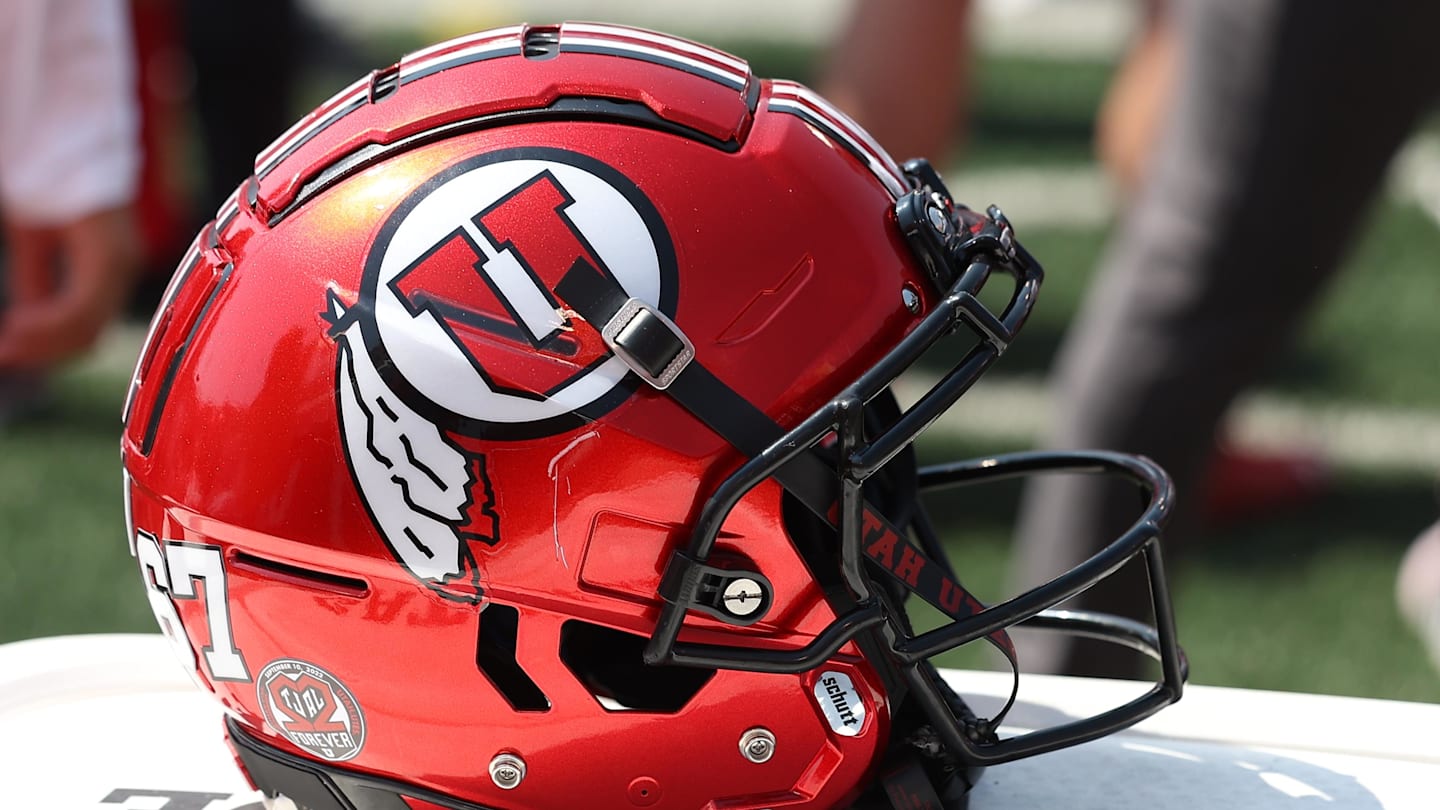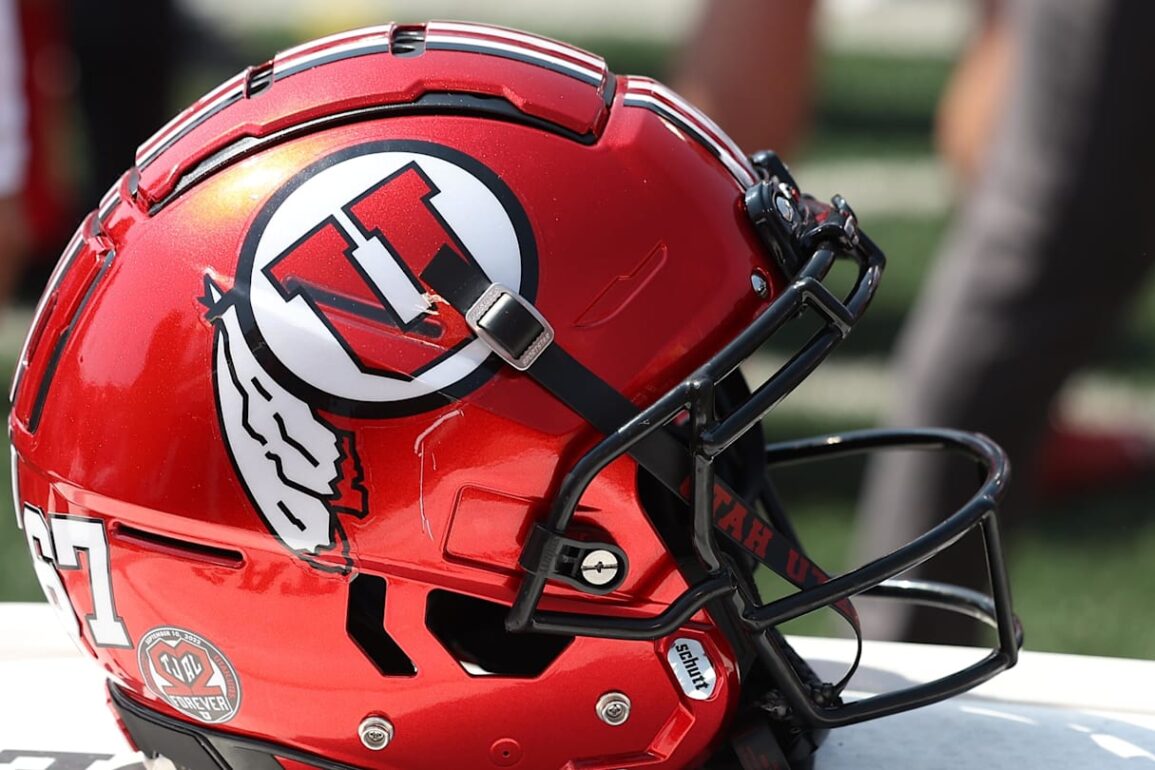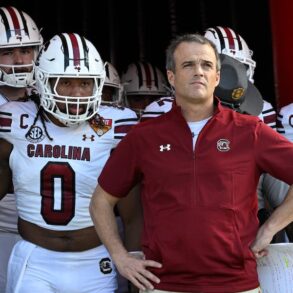
The University of Utah has made headlines by being ranked as the second most valuable football program among Big 12 teams and 28th nationally, according to a recent report from The Wall Street Journal.
This valuation, conducted by Indiana University Columbus finance professor Ryan Brewer, highlights Utah’s rise in the college football landscape and underscores its robust financial health. The analysis considered several critical factors, including revenue, growth, cash flow, and sustainability, while also reflecting recent changes in college sports, particularly the advent of player compensation.
Utah’s football program was valued at $425 million, placing it behind Kansas in the Big 12 rankings. Kansas secured the 17th spot nationally with a valuation of $649 million, solidifying its position as the most valuable Big 12 program. The rankings reflect not only current financial metrics but also a program’s potential for long-term sustainability in an era of increased financial scrutiny and evolving operational landscapes in collegiate athletics.
The report highlights the growing influence of private equity investment in college athletic departments, which could prove transformative for programs like Utah’s. This influx of capital could help schools manage rising expenses associated with player compensation and other operational costs. As colleges adapt to this new financial reality, investment from private sources may be a critical lifeline for maintaining competitiveness on and off the field.
Valuation in a New Financial Era
Brewer’s study approaches college football programs like professional franchises, evaluating their financial performance and sustainability. This comprehensive analysis incorporates top-line revenues, cash flow drivers, and the broader operational ecosystem. Brewer’s methodology includes a multi-year review of financial data, accounting for trends in television viewership, enrollment, and fan engagement. This thorough process allows for a realistic estimate of a program’s market value if it were ever put up for sale.
The introduction of player compensation, or name, image, and likeness deals, has added a new dimension to college sports economics. In Brewer’s study, this shift was a crucial factor. Schools now face the dual challenge of compensating athletes through NIL deals and direct payments while maintaining financial stability. Utah’s position in the rankings suggests the program is well-prepared to navigate this new landscape.
The Holy War between Utah and BYU pulls in highest TV audience over past decade
A Deeper National Perspective
At the top of the national rankings, Ohio State emerged as the most valuable program in college football, with an estimated value of $1.96 billion. Texas ($1.9 billion) and Michigan ($1.66 billion) rounded out the top three. These powerhouse programs, alongside others like Georgia, Notre Dame, and LSU, have built brands with massive appeal, bolstered by strong revenues and consistent on-field success.
Among Big 12 teams, Utah’s valuation of $425 million is noteworthy, especially given its relatively recent transition into the conference. While Kansas, ranked 17th nationally, leads the Big 12, Utah’s ranking places it ahead of traditional football powerhouses such as Oklahoma State and Texas Tech, showcasing the Utes’ growing influence and stability in the sport.
The report also sheds light on broader financial trends in college football. Brewer noted that coaching salaries, which had ballooned in recent years, are beginning to stabilize as schools allocate funds toward player compensation. Programs like Utah, which have balanced revenue growth with financial responsibility, are well-positioned to thrive in this new era.
Utah Athletics to take over NIL management from collective ahead of house settlement
Opportunities for Smaller Schools
One of the most intriguing aspects of Brewer’s findings is the potential role of private equity investment in supporting smaller schools. As larger programs benefit from their established brands and lucrative television contracts, smaller schools often struggle to keep up with rising costs. Private investment could provide these institutions with much-needed resources to fund NIL deals, improve facilities, and maintain competitive athletic programs.
For Utah, this external funding could help sustain its upward trajectory. The program’s success on the field, combined with its financial health, has made it an attractive option for investors looking to enter the college sports market.
By leveraging private equity, Utah could further enhance its recruiting efforts, improve its facilities, and solidify its position as a top-tier football program. The University of Utah’s football program has demonstrated remarkable financial growth and sustainability, earning it a top spot among Big 12 programs and national recognition.
As college sports continue to evolve, Utah is positioned to thrive in a competitive landscape shaped by player compensation, private investment, and increasing operational demands. With a solid foundation and forward-thinking leadership, the Utes are poised to remain a major player in the ever-changing world of college football.
This post was originally published on this site be sure to check out more of their content.







